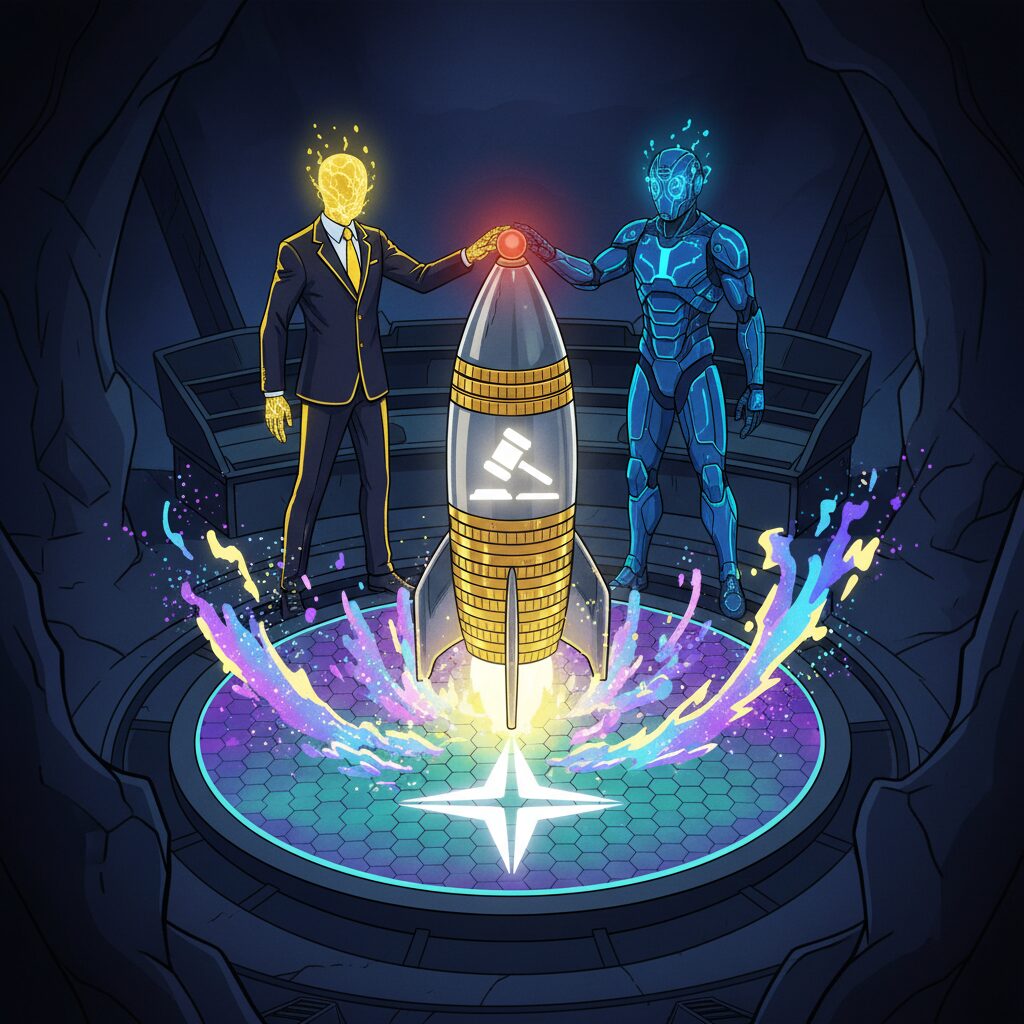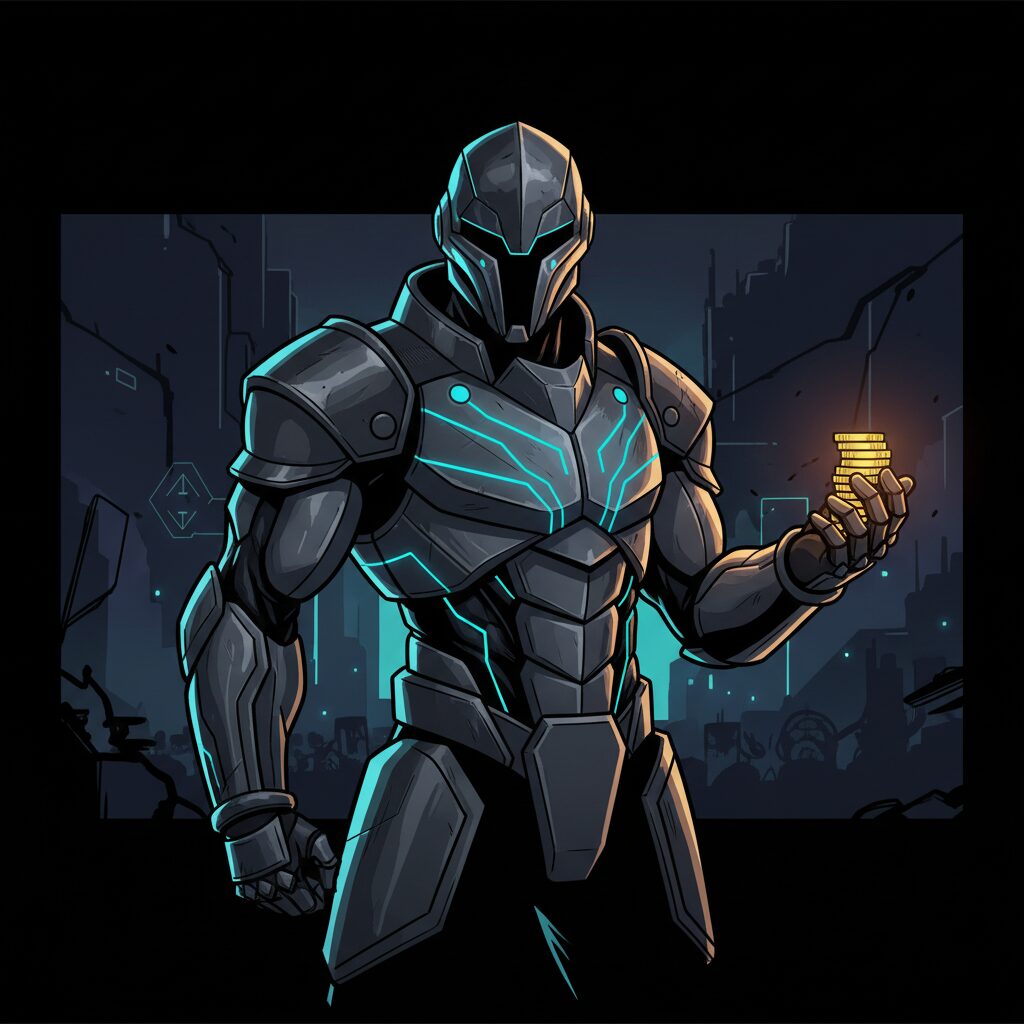The Saga’s End: A Post-Mortem on Solana’s Crypto Phone

An Unsustainable Business Model
The abrupt end of support for the Solana Saga phone, just two years after its launch, sent a clear signal about the operational hurdles facing Web3 hardware projects. While traditional phone manufacturers typically provide technical support for five to seven years, the Saga’s short lifespan was a calculated business decision rooted in financial realities.
From a commercial standpoint, the project was destined for a loss. With approximately 20,000 units sold, the Saga fell far short of its 50,000-unit target, failing to cover the significant research, production, and marketing costs associated with high-end hardware. For comparison, even niche models from established manufacturers require shipments in the hundreds of thousands to remain viable. Continuing long-term support for a small user base of 20,000 was a heavy financial burden.
The situation was compounded when Saga’s hardware partner, OSOM, went bankrupt in September 2024. This development made long-term firmware and driver updates nearly impossible. For Solana Mobile, abandoning the Saga became an inevitable choice to cut losses and redirect limited resources toward more promising ventures.
A Solution in Search of a Problem
On paper, the Saga was a well-equipped, high-end Android phone. Its built-in security features and integrated support for decentralized applications (dApps) were designed to address the pain points of active crypto users, specifically transaction security and accessibility. However, the phone’s failure proved that these product strengths were not enough to convince consumers to pay a $1,000 premium.
The core issue was that the vast majority of Web3 tasks can still be accomplished on ordinary smartphones. While the Saga offered a more streamlined experience, the difference wasn’t compelling enough to drive mass adoption, leaving it a niche product without a substantial market.
The Arbitrage Trap and Future Risks
Much of the Saga’s late-stage sales success was not driven by its utility as a phone but by its value as a financial arbitrage tool. This unsustainable model attracted speculators seeking short-term profits rather than genuine users committed to the product and its ecosystem. For the remaining owners, the end of support introduces serious challenges.
The most immediate threat is a growing security risk. As new vulnerabilities are discovered, the Saga will become increasingly susceptible to attacks—a fatal flaw for a device built to handle crypto assets. Secondly, its utility will diminish over time. As the Android operating system and dApps evolve, the Saga may become unable to run updated software, leading to functional failures and eventual obsolescence.
A Web3 Phone’s Rocky Launch
In May 2023, Solana Mobile launched the Saga, a $1,000 smartphone designed to compete with industry giants like Apple and Samsung. The company’s ambitious goal was to create a native Web3 device for the crypto community, featuring hardware-level security through a “seed vault” and an uncensorable decentralized application (DApp) store. Despite this vision, the Saga was met with a lukewarm market response.
By early December 2023, over six months after its release, sales languished between 2,200 and 2,500 units. This was a far cry from the 25,000 to 50,000 units that Solana co-founder Anatoly Yakovenko considered a critical mass for a developer ecosystem. An attempt to spur demand by cutting the price by 40% to $599 in August failed to move the needle. The situation was summed up when renowned tech reviewer Marques Brownlee (MKBHD) bluntly named it the “Most Failed Smartphone of 2023.”
The Airdrop That Changed Everything
Just as the Saga seemed destined for obscurity, an unexpected catalyst emerged: the BONK meme coin. Each Saga phone included an airdrop of 30 million BONK tokens, which were initially of negligible value. However, as the Solana ecosystem recovered strongly toward the end of 2023, BONK’s price increased exponentially.
By mid-December, the value of the BONK airdrop had soared past $1,000, significantly more than the phone’s $599 price tag. This created a clear arbitrage opportunity—buy the phone, claim the tokens, and secure an instant profit. The news went viral, and the Saga’s narrative shifted overnight from a failed tech product to a coveted financial tool. Sales skyrocketed, increasing more than tenfold in just 48 hours and quickly selling out in the US and Europe. On secondary markets like eBay, unopened Saga phones were fetching prices as high as $5,000.
A New Strategy: The Airdrop-Fueled Seeker
The Saga’s unexpected success provided Solana Mobile with a new playbook: using airdrop potential to drive hardware sales. In January 2024, just a month after the Saga sold out, the company announced its second-generation phone, the “Seeker.” Learning from the past, the Seeker was priced more affordably at $450 to $500, targeting a broader market with mid-range hardware.
The market’s response was explosive. Fueled by strong anticipation of future airdrops, the Seeker secured over 150,000 pre-orders, generating an estimated $67.5 million in revenue. Even before the devices shipped, the value of airdropped tokens like $MEW and $MANEKI had already exceeded the phone’s purchase price for early buyers.
The Cost of the Pivot
This strategic shift, however, came at the expense of early adopters. Solana Mobile announced it would end all software updates and security patches for the original 20,000 Saga devices, effectively freezing them on their November 2024 security version. Surprisingly, there was little public reaction from users, suggesting that the phone’s active user base was likely much smaller than the number of people who had claimed its airdrop.
The Saga’s journey highlights a core question for Web3 mobile devices: is their value based on product innovation or financial incentives? If a phone is merely a ticket for airdrops, the high operational costs of producing and supporting hardware seem questionable. While the Seeker is attempting to build a more robust ecosystem with its own token and developer incentives, it remains to be seen if it can retain users after the initial airdrop excitement fades. Until that question is answered, the fate of the Saga seems likely to repeat itself.











